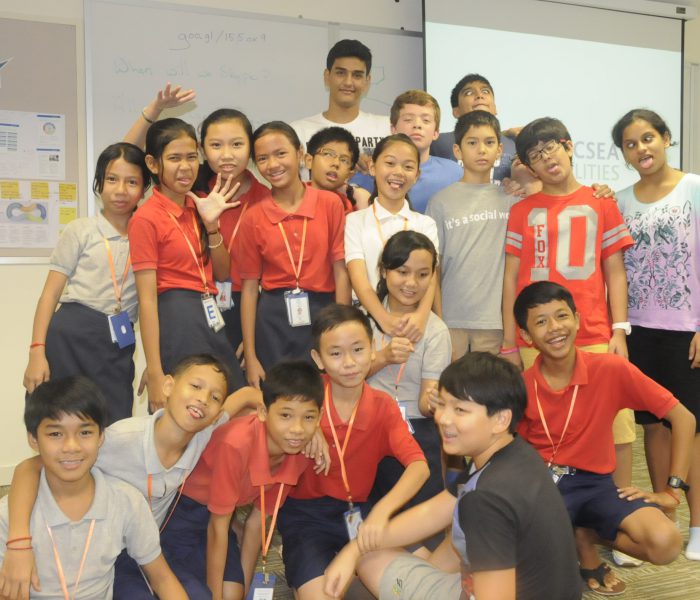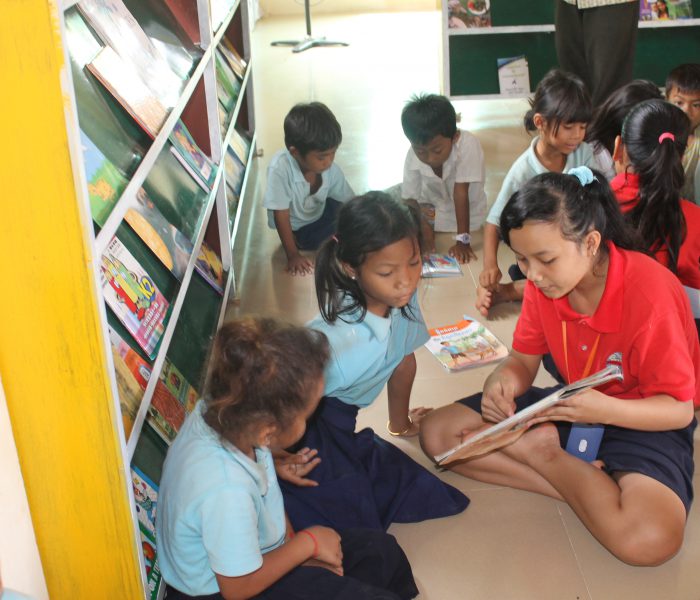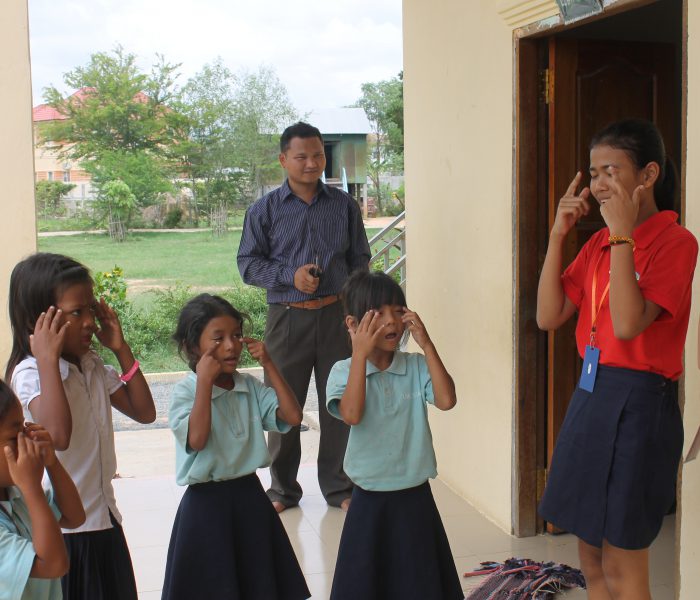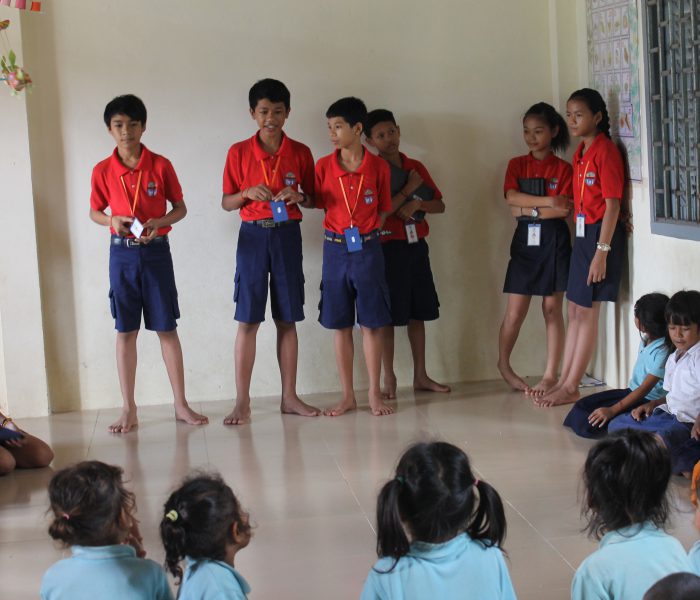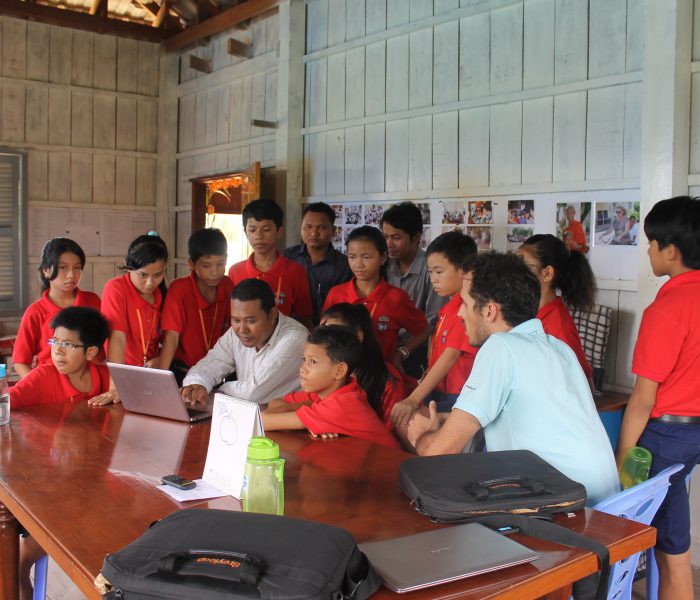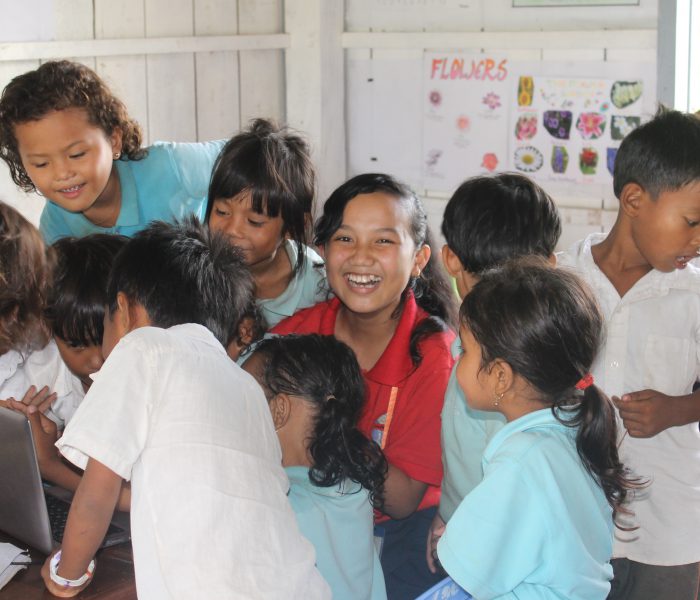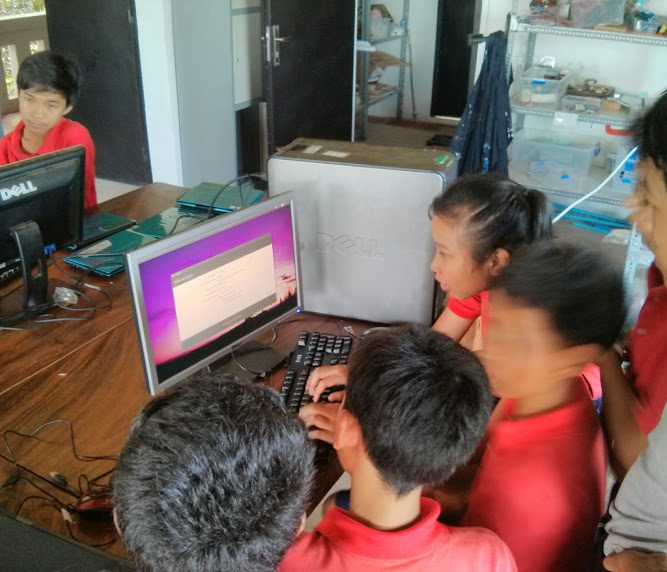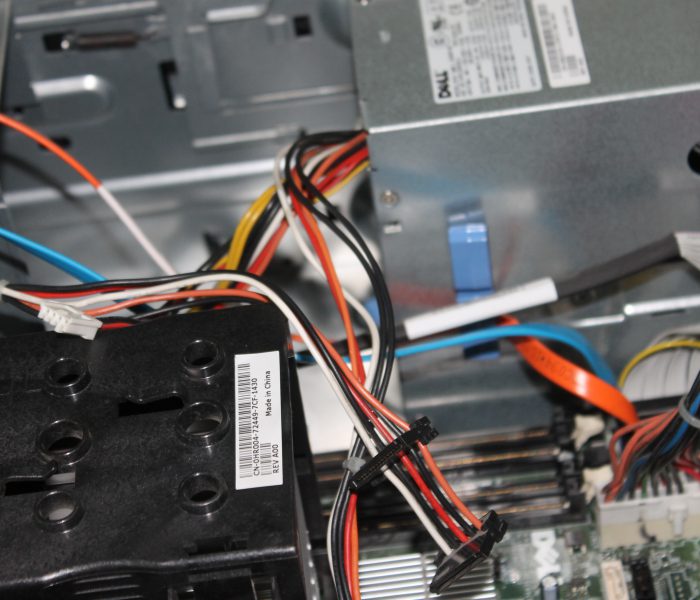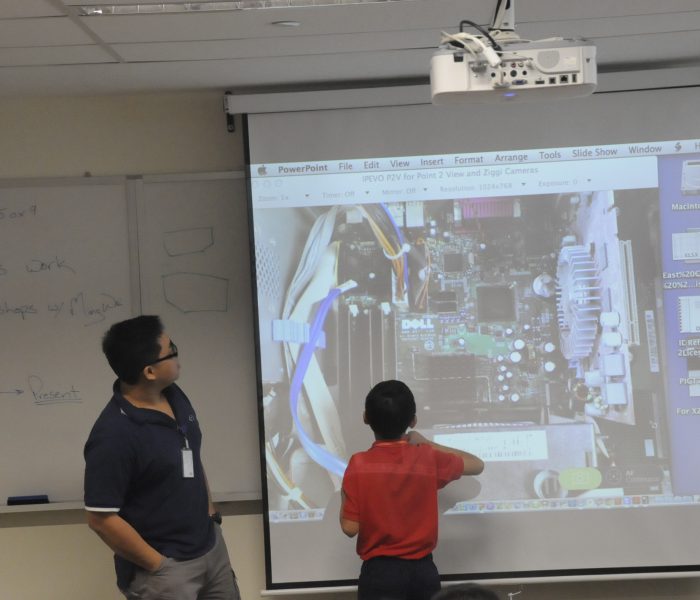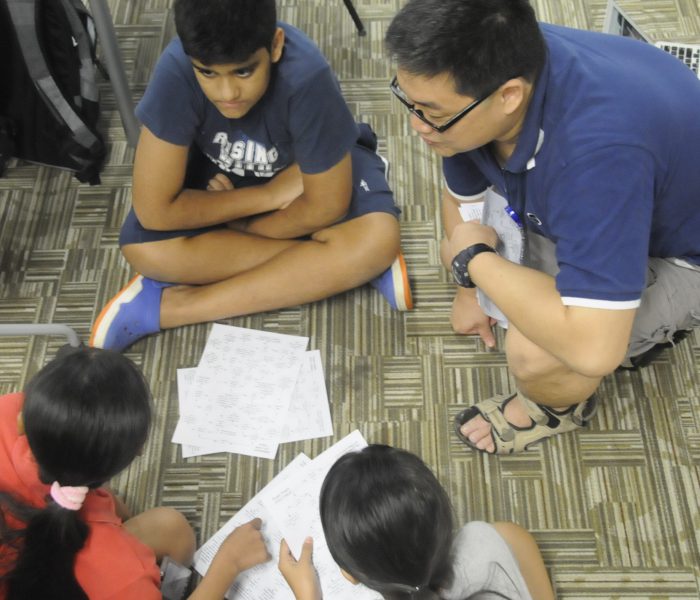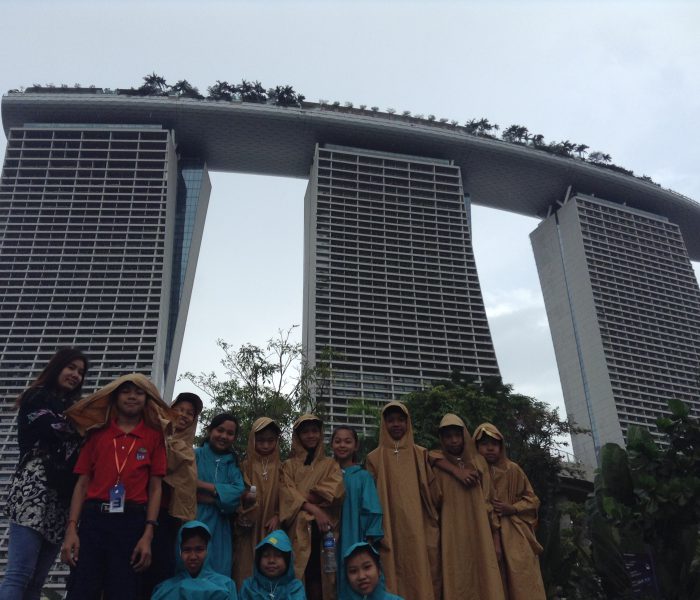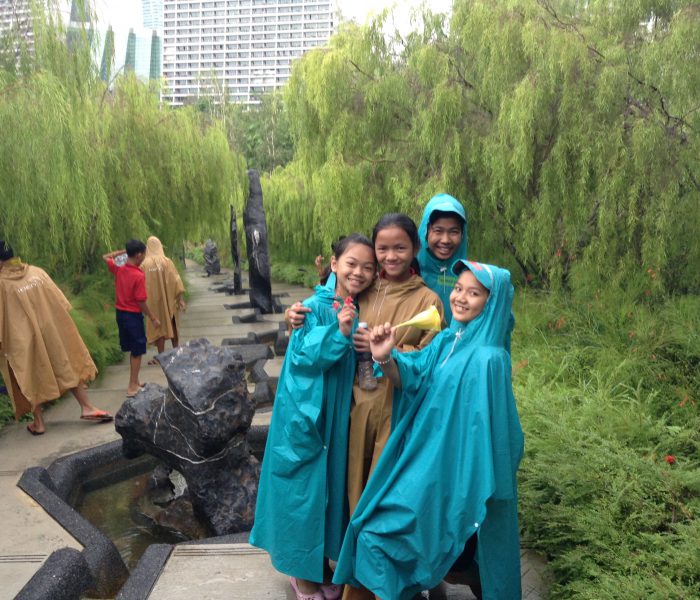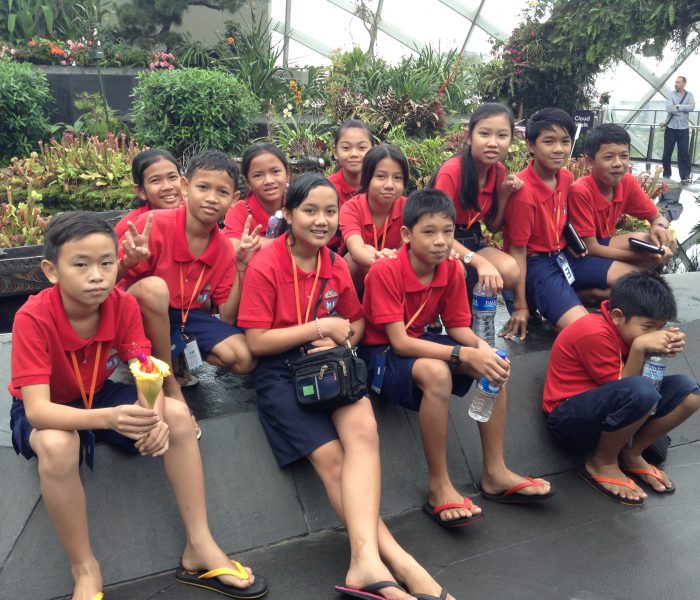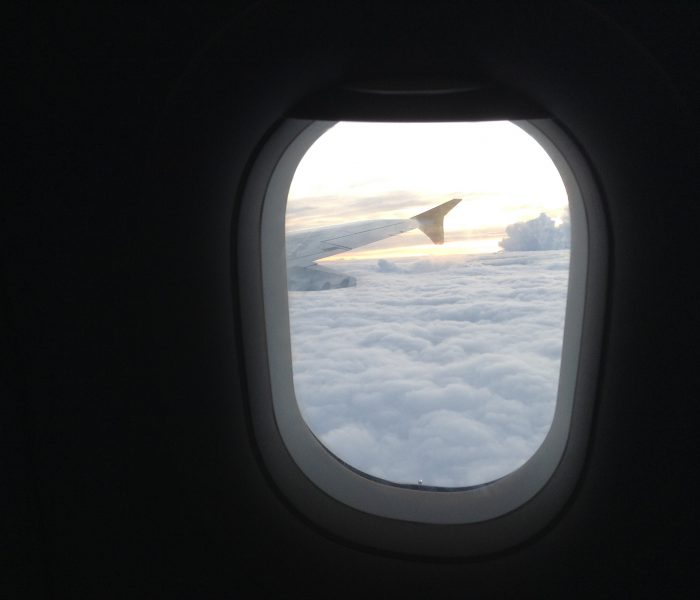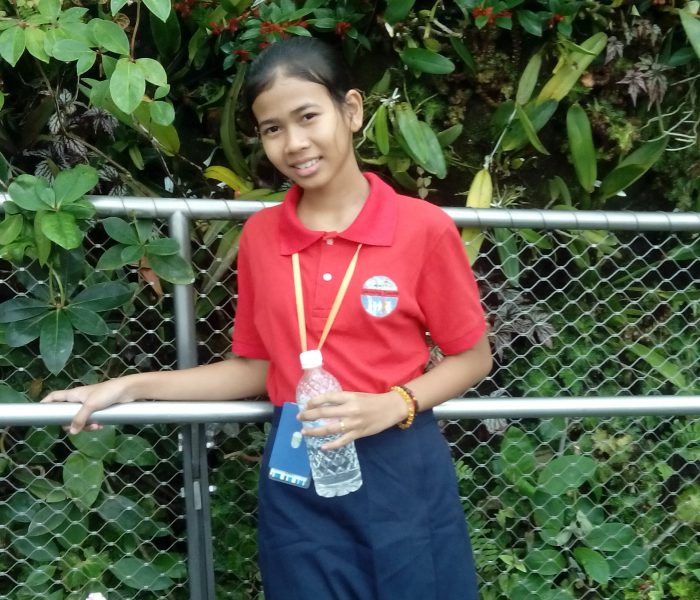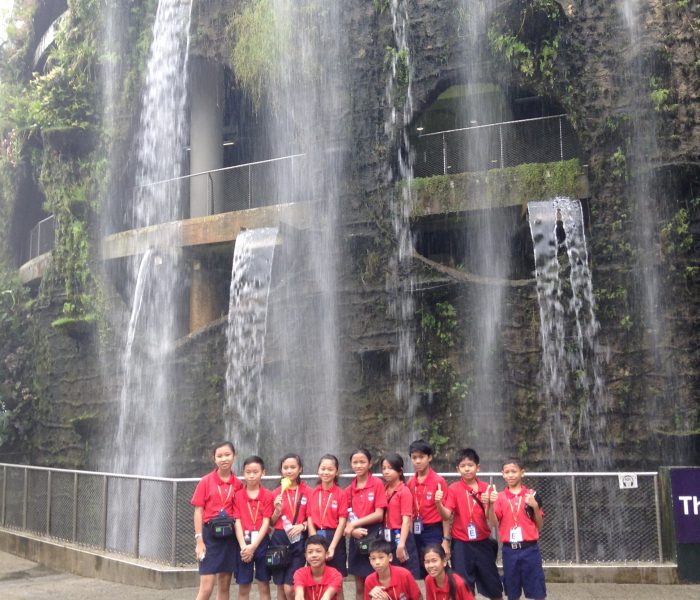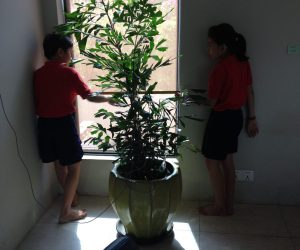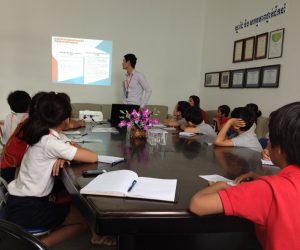Exploration name: Recycle Community
EXploration Dates: 06 October 2014– 21 November 2014
Number of students: 12
Course Description: Students will work closely with the community to solve their waste management and how to make use of it. In class, students will learn about the effect of waste to living things on the earth, and find solutions to motivate the community to care more about the environment. In order to achieve this goal, students will do a survey in the community to see what are the real problems in the village which is near our school. Then students will do a field trip to interview people from Ministry of Environment and waste collecting company names CINTRI. Students will do Community Project Based which means they will collaborate with the community to separate their waste into three kinds as in Organic, Recycle, and Others. Through these, a community not only benefits for their environment but also improve their living by making compost.

